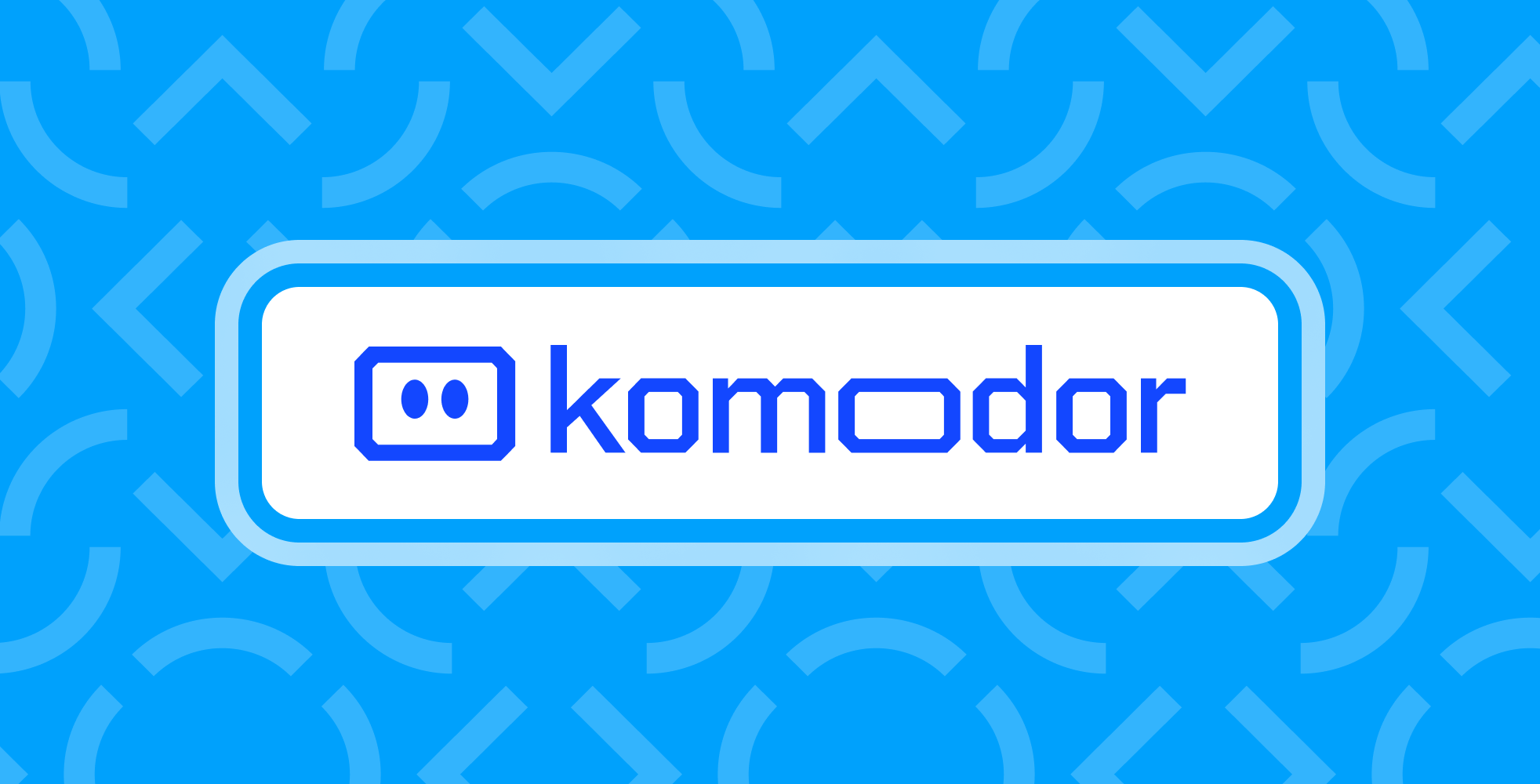Decoding Kubernetes Migration
2 min read

Kubernetes is an open-source platform for container orchestration. It automates the deployment, scaling, and management of containerized applications and includes capabilities for fault recovery. Despite its benefits, Kubernetes is complex, and migrating to it can be challenging.
Kubernetes: The Right Choice?
Kubernetes offers compelling features, yet it may not be suitable for every situation.
When Kubernetes may not be the right choice:
Small-scale Projects: For small projects that do not require significant scaling or orchestration, Kubernetes may be unnecessary.
Limited Resources: Kubernetes demands considerable infrastructure and operational resources. If your resources or expertise are limited, simpler solutions may be more appropriate.
Lack of Expertise: The complexity of Kubernetes, with its many components, requires a deep understanding for effective implementation and operation. Without sufficient expertise, managing a Kubernetes environment can be difficult.
Compatibility Issues: If your applications or infrastructure are incompatible with Kubernetes, or require substantial modifications to integrate, alternative deployment solutions might be more suitable.
Migration Process: Challenges
Lack of Knowledge: Insufficient understanding can lead to misconfigurations, downtime, or security risks, making troubleshooting challenging.
Lack of Tools: Traditional tools may not be applicable to Kubernetes, affecting areas like monitoring and automation.
Lack of Processes: Existing operational processes may not align with those required for Kubernetes migration, necessitating a new approach.
Hard Deadlines: Underestimating the time required for migration can lead to unpreparedness and challenges if not completed within set deadlines.
Introducing Komodor

Komodor is a Kubernetes troubleshooting tool that continuously monitors your Kubernetes infrastructure, aiding developers and DevOps teams in efficiently identifying and resolving issues.
Komodor: Features
Monitoring and Troubleshooting: Komodor provides comprehensive analyses of Kubernetes resources, simplifying problem identification and resolution. It continuously monitors these resources and uses custom alerts to promptly notify users of any issues.
Team Collaboration: Effective communication is crucial for successful troubleshooting. Komodor facilitates this by allowing team members to share insights, collaborate on issues, and discuss strategies.
Automating Repetitive Tasks: Komodor automates routine migration tasks and offers recommendations, thereby saving time and effort. Tasks such as configuration updates or resource scaling are streamlined.
Guided Investigation: Designed for users with limited Kubernetes expertise, this feature employs scenario-based flows to assist in troubleshooting.
Data Dump Breakdown: The process is divided into steps: introduction, log analysis, correlated deploys, correlated node issues and terminations, and information on unhealthy pods.
Noisy Neighbors Report: This report provides insights into evictions and memory-related issues.
Conclusion
Although complex, the Kubernetes migration process can be successfully managed with thorough planning, risk identification, the right tools, and cohesive team effort.
Special thanks to Komodor for their collaboration on this blog.